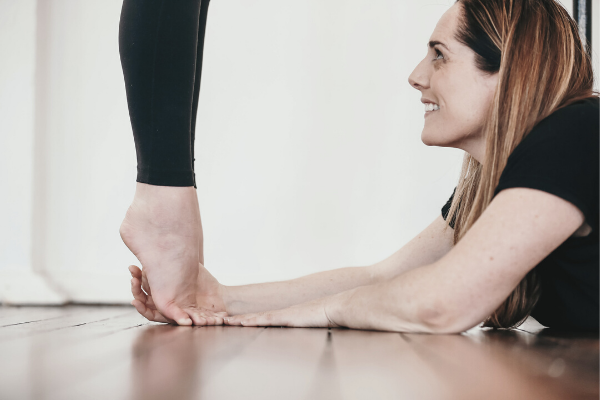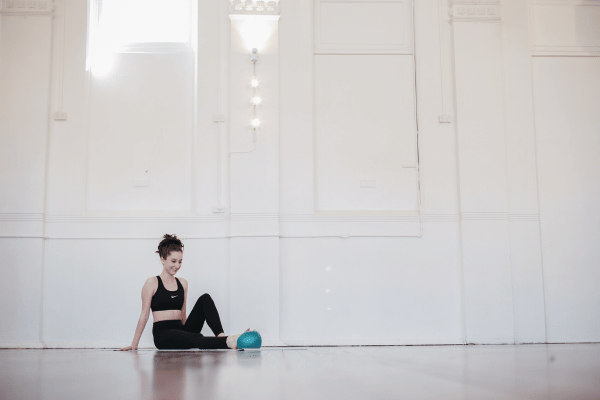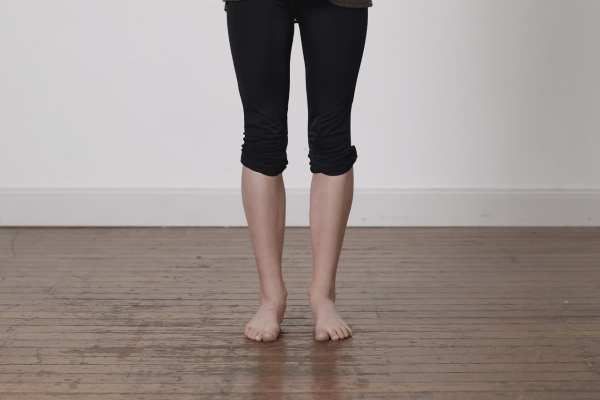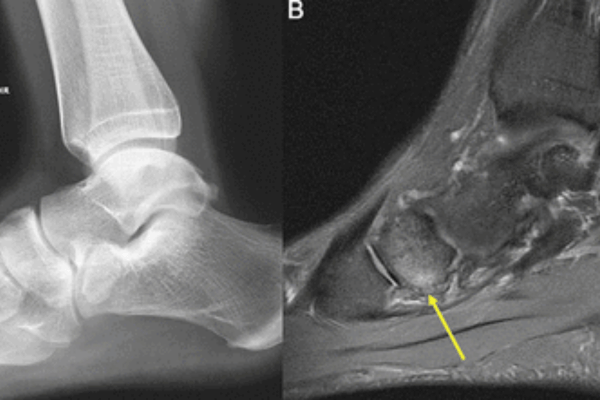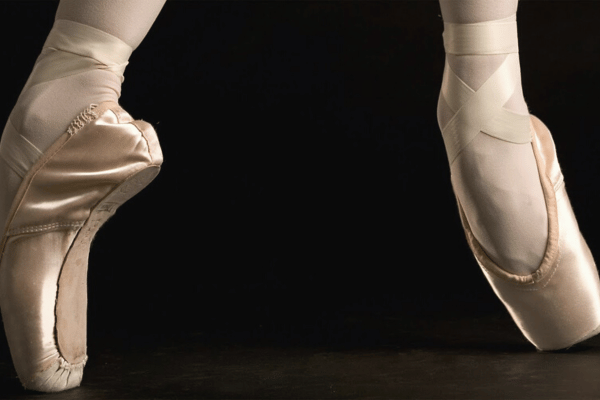- Free Articles
- Shop
- Workshops
- The Dance Educator Series
- Upcoming Workshops
- Workshop FAQ’s
- Host Application Form
- Student Workshop Application Form
- Dance Teacher & Health Professional Directory
- Workshop Testimonials
- Members Areas
- Cart
- My Account
How Old is too Old to Start Pointe Work?
The "How Old Is Too Old To Start Pointe Work?" question comes up often in forums and discussion groups centered around pointe training, and it is an issue that not many teachers/therapists/authors address. Technically, there is less risk to adult feet when beginning en pointe as their growth plates are fully fused. However, very few adults who have not danced for several years in their youth will possess a foot of suitable shape or strength for dancing en pointe. "The Perfect Pointe Book", a downloadable e-book designed to help girls get strong enough for pointe work, has details on exactly how to measure the range of motion in various parts of the foot and ankle required for pointe training.
The issue of flexibility is the main area that will hinder most mature students from achieving a fully pointed position of the ankle, as this often requires some gentle stretching of the ligaments that is much easier when we are young. The range possible at the ankle also depends significantly on the natural mobility of the ligaments in general. Therefore, in a ‘hypermobile’ individual (general laxity in all ligaments of the body), this will be easier to achieve. However, if there is a real desire to put the work in to improve this, I have seen some drastic improvements in foot and ankle range in the adult clients.
The strength requirements for an older ballet student to progress onto pointe actually exceed the requirements for a young dancer. This is due to the fact that most adult dancers are significantly heavier than the average 12-year-old! The dancer must be able to control the feet well for all of the tests, especially when en fondu, and during petit allegro, as the increase in body weight will create much stronger forces through the joints in the foot while jumping. Lack of control of the arch when en fondu, especially on the slightly rounded sole of a pointe shoe, will put the knees under great strain when dancing. Turnout strength, range, and control are also very important areas to assess.
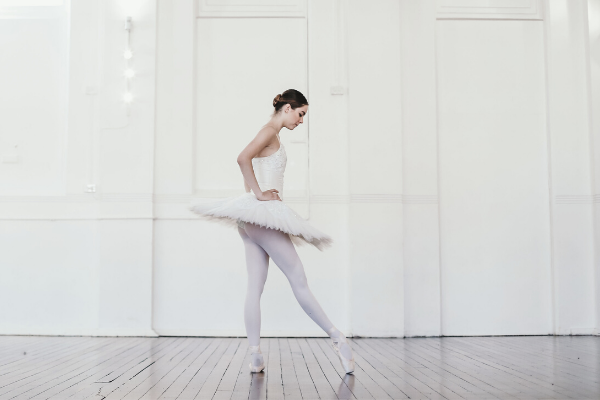
If an adult has been taking ballet classes for some time and working their feet well in class, the required strength in the forefoot will not take long to develop. However, for the complete newcomer to ballet, learning how to isolate certain muscles in the feet may take some time. Our bodies develop ‘motor patterns’ of movements that we do regularly, and it is important for this isolated foot control to become second nature to the dancer before commencing pointe work. There are so many other things to think about while en pointe, that the dancer must be able to easily control the position of the toes in the shoe to have optimum control and therefore safety en pointe.
The coordination required to control the feet en pointe is something that is developed over years of dancing, and, as for any student, I would expect an adult to be dancing at least 3 classes a week for a year, and ideally regular classes for several years before considering pointe work.
All the points discussed in "The Perfect Pointe Book" should be addressed for anyone of any age (men included!) before progressing onto pointe. It gives guidelines and tests for range and strength that are so important to prevent injury. It is not impossible for an adult ballet dancer to progress onto pointe, but it will usually require a lot of work and dedication to achieve this safely.
Pointe Resources
If you are looking to delve deeper into this topic, check out the following programs:
- The Perfect Pointe Book: This course was originally designed to help students and dance teachers safely prepare for pointe work. The four stages of tests and exercises within the book are ideal for pre-pointe preparation classes, students close to achieving pointe shoes and students already en pointe looking for extra strength and technique training.
- Pointe Range: This online program comprises of 41 clear and concise videos, totalling just under 2 hours play time, this course begins with a series of assessments to establish exactly what structures are restricting your pointe range. It then explores a diverse array of massage techniques, joint mobility exercises and fascial mobilisers to safely improve your pointe range. This is followed by an in depth look at retraining all of the muscles that stabilise the foot and ankle to allow you to actually use your new found pointe range in class.
- Pointe Intensive: This online virtual workshop is designed for both Dance Teachers & Health Professionals working with dancers. This three day Intensive will give you the most up-to-date advice in the industry to help you understand your students’ needs, analyze their differences, and them you the tools to help your students become the best dancer they can be.



